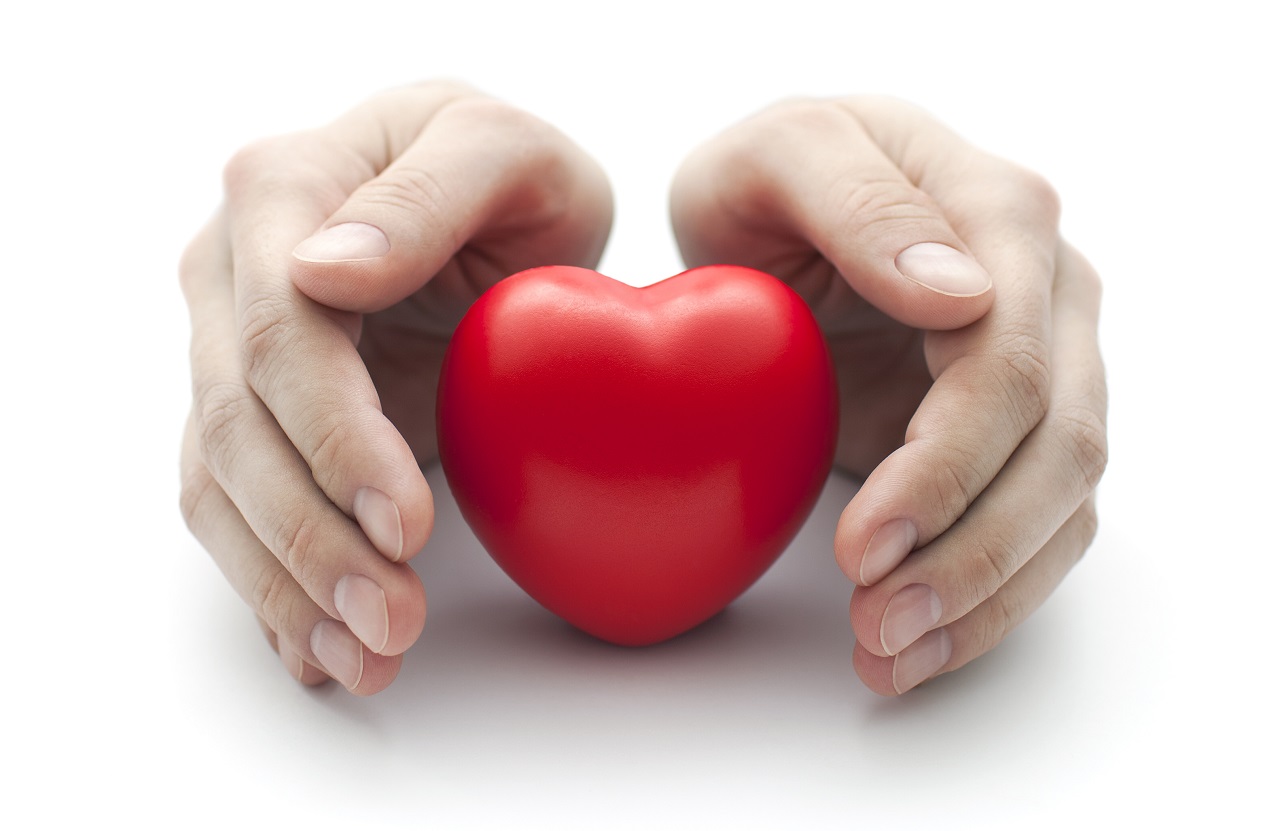 What is an Orgasm?
What is an Orgasm?
The climax of coitus, the mountaintop of making love and the ultimate, the almighty orgasm! Yes! This is what this article is about. You will agree that the pleasure of an orgasm is so heightened, it is difficult to know what is happening; but knowing what’s going on inside of us may heighten that.
Orgasm is the sudden discharge of accumulated sexual excitement resulting in rhythmic muscular contractions in the pelvic region of men and women. It is controlled by the involuntary or autonomic nervous system & associated with other involuntary actions, including muscular spasms in multiple areas of the body, a general euphoric sensation and, frequently, body movements and vocalizations due to intense pleasure.
How Does it Happen?
I believe it is extremely essential to be attracted to your partner before indulging in any sexual activity. In fact, I would go ahead and say, indulge only if you love the person, else do not! More about this in another article.
If you are in this wonderful state, the continual stimulation of erogenous zones, such as the genitals, anus, nipples, or perineum by your partner might lead to an orgasm. Many believe that orgasms actually happen in the brain. Hence, one can reach an orgasm through masturbation as well. Physiologically, orgasms occur following two basic responses to continual stimulation:
- Vasocongestion: The process whereby body tissues fill up with blood, swelling in size as a result
- Myotonia: The process whereby muscles tense, including both voluntary flexing and involuntary contracting
If you thought having an orgasm is just a minute’s game, then you are in for a surprise. The body undergoes a long process to reach that state through the sexual response cycle, which is the sequence of physical and emotional changes that occur as a person becomes sexually aroused and participates in sexually stimulating activities, including intercourse and masturbation.
 Phase 1: Excitement
Phase 1: Excitement
As the name suggests, this is the stage when you blush and breath heavily in the hope of your coitus. In this stage:
- Skin may become flushed
- Muscle tension will increase
- Heart rate quickens and breathing is accelerated
- Nipples become hardened or erect
- Vaginal lubrication begins
- Blood flow to the genitals increases, resulting in swelling of the woman’s clitoris and labia minora (inner lips), and erection of the man’s penis
- The woman’s breasts become fuller and the vaginal walls begin to swell
- The man’s testicles swell, his scrotum tightens, and he begins secreting a lubricating liquid
Phase 2: Plateau
This is the phase when you are about to get an orgasm, but haven’t yet! The part of the brain that controls sensations – the primary somatosensory cortex – sees an increase in activity and the parts of the brain that control alertness and anxiety – the amygdala and hippocampus – dropped off.
Several other areas of the prefrontal cortex all show a decrease in activity. In other words, having an orgasm shuts the parts of your brain that make you worry. No wonder all of mankind is crazy about having orgasams! It’s a great stress buster! It’s in the way our bodies are built!
The general characteristics in this stage are:
- The changes of phase 1 are intensified
- The vagina continues to swell from increased blood flow, and the vaginal walls turn a dark purple
- The woman’s clitoris becomes highly sensitive (may even be painful to touch) and retracts under the clitoral hood to avoid direct stimulation from the penis
- The man’s testicles are withdrawn up into the scrotum
- Breathing, heart rate, and blood pressure continue to increase
- Muscle spasms may begin in the feet, face, and hands
- Muscle tension increases
Phase 3: Orgasm
The climax – It is the shortest of the phases and generally lasts only a few seconds. Both sexes feel the contractions in a variety of places from the head (that explains funny faces) to the feet (that explains clenched toes). You cannot control these contractions as they are involuntary and cannot be contained… kind of like when you sneeze. The loss of control can be messy, but it is ultimately why we enjoy our orgasms so much.
General characteristics of this phase include the following:
- Involuntary muscle contractions begin
- Blood pressure, heart rate, and breathing are at their highest rates, with a rapid intake of oxygen
- Muscles in the feet spasm
- There is a sudden, forceful release of sexual tension
- In women, the muscles of the vagina contract. The uterus also undergoes rhythmic contractions
- In men, rhythmic contractions of the muscles at the base of the penis results in the ejaculation of semen
Phase 4: Resolution
This is the feeling of “Oh my! What was that?” In this stage, the man enters a temporary recovery phase where further orgasms are not possible. This is known as the refractory period, and its length varies from person to person. It can last from a few minutes to a few days, and this period generally grows longer as a man ages. During this phase, the man’s penis and testicles return to their original size. The rate of breathing will be heavy and fast, and the pulse will be fast.
Orgasms are an inbuilt mechanism of human body (mammals). Our brain, emotions, and physiology are wired so that a person can experience it. In the second part of my article, I will elaborate on the benefits of orgasms, and why it is important to have a few now and then!
Want to know more? Drop a comment below!
#BeTheForce
Disclaimer: Reader discretion is advised. This content is for an older, mature audience who seek to improve their health and wellness. GOQii is not responsible for any misrepresentation of this information.
 What would life be without challenges? Challenges can either make us or break us and quite honestly, without a challenge, we would never grow. When life throws what seems like an insurmountable challenge at you, what do you do? Faced with a similar hurdle, Ravishankar Balasubramanian, 43, from Coimbatore decided to take control of his life, challenged himself and took a huge leap towards a healthier lifestyle.
What would life be without challenges? Challenges can either make us or break us and quite honestly, without a challenge, we would never grow. When life throws what seems like an insurmountable challenge at you, what do you do? Faced with a similar hurdle, Ravishankar Balasubramanian, 43, from Coimbatore decided to take control of his life, challenged himself and took a huge leap towards a healthier lifestyle. One of the key points mentioned during GOQii’s annual event in December last year was that our current healthcare systems focus more on ‘sick care’ rather than preventive healthcare. Measures taken to ensure good health are often reactive as compared to proactive. The problem with this approach is that any precautions we take concerning health won’t be in place until it is too late.
One of the key points mentioned during GOQii’s annual event in December last year was that our current healthcare systems focus more on ‘sick care’ rather than preventive healthcare. Measures taken to ensure good health are often reactive as compared to proactive. The problem with this approach is that any precautions we take concerning health won’t be in place until it is too late.




